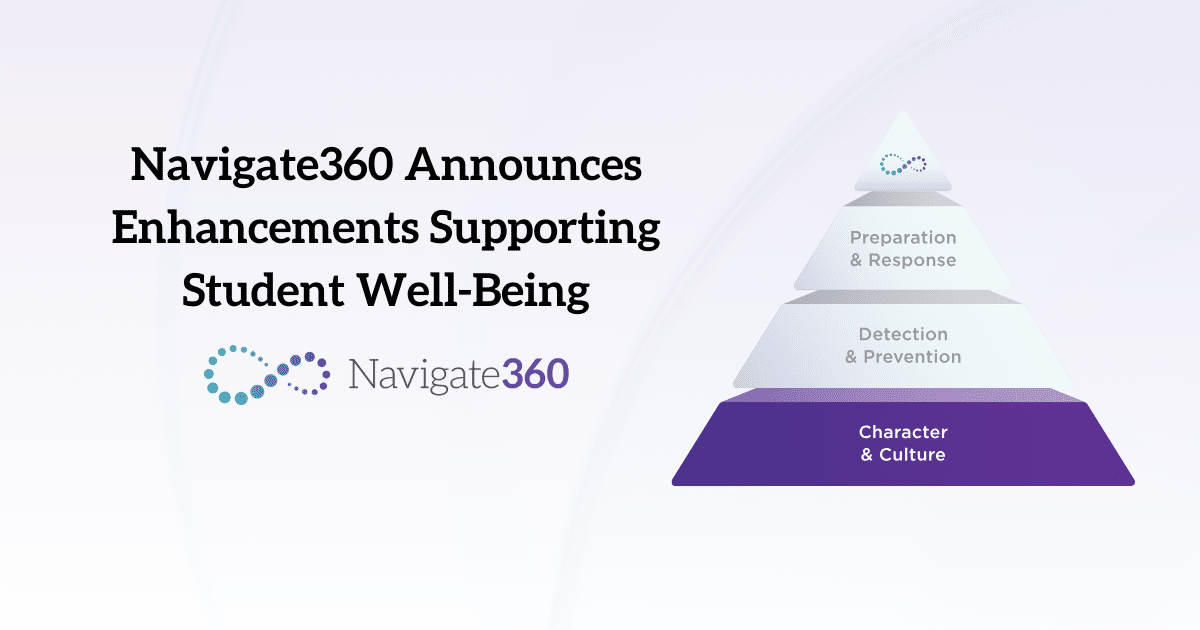The rise in technology has led to many positive outcomes, but negative ones exist too. A major one, especially for today’s students, is cyberbullying. This form of bullying takes place on digital devices like cell phones and computers and occurs through social media, text messaging, email, and other online forums. While it can happen in any age group, children and teenagers are especially vulnerable to cyberbullying. This is because nearly all of them use the Internet and social media, with some 46% of teens saying they are online almost constantly.
While parents should do their part to help recognize the signs of cyberbullying and take steps to prevent it from escalating, students spend a large amount of their waking hours at school. During this time, faculty and staff are the ones responsible for the safety and well-being of their students. With the brunt of harassment happening through a screen, though, how can schools help combat cyberbullying? Various members of your school community can do their part when it comes to cyberbullying prevention.
School Counselors
Counselors and school psychologists play a vital part in preventing and recognizing cyberbullying in schools. They can schedule one-on-one time with students to establish trust and build relationships. This not only allows counselors to know their students better — enabling them to better identify signs of cyberbullying — it can also help students feel more comfortable reporting if they experience or witness cyberbullying. What’s more, counselors can use their expertise to educate school officials and staff on ways to develop and implement prevention plans, monitor the execution of these plans, and assess their effectiveness.
Educators
Educators who interact with students every day may be more likely to notice the signs of cyberbullying. It’s crucial for school staff with student-facing roles to receive training on how to notice the warning signs. Educators can take additional steps to combat cyberbullying, including:
- Establishing firm technology policies
- Teaching digital citizenship through methods like Social-Emotional Learning courses
- Involving parents when necessary
- Communicating openly with students
- Staying up to date with changes in technology
Administrators
Administrators can help mitigate cyberbullying by establishing clear policies and plans. School administration should implement and enforce an anti-bullying policy that everyone — staff and students included — is trained on regularly. Rules can be established regarding technology use. While the initial thought may be to limit technology as much as possible, this may make the problem worse. Instead, schools should allow technology use while teaching students how to be responsible digital citizens. Administrators should also take reports of cyberbullying seriously and investigate them immediately. If the harassment occurs through the school district’s Internet system, administrators are obligated to take action.
School Resource Officers (SROs)
SROs are responsible for working with school administrators and security teams to develop safety plans and ensure schools are safe places for students to learn. SROs are typically full-time law enforcement officers with sworn law enforcement authority. If cyberbullying among students involves threats of violence, extortion, or stalking, SROs must be involved. These officers should also remain updated on state and federal cyberbullying laws.
Information Technology (IT)
Traditional bullying that occurs in school hallways can be seen and/or heard by faculty and staff. Cyberbullying, on the other hand, is harder to catch because it’s happening online. School IT professionals can take certain measures to identify concerning or threatening student behavior online.
Navigate360 Detect provides the most ethical approach to social media and email scanning technologies. This intuitive platform can scan social media, emails, and other digital content using 2,000,000,000 syntax-based permutations while searching only for harm-related language or threats. Alerts are only delivered when potentially harmful content is matched across multiple points, helping protect the privacy of students, faculty, and staff.
With Navigate360 Detect, schools can identify and combat cyberbullying, get ahead of harassment, and create a safer environment for their students. If a threat is detected or identified, a case can be created and managed in Navigate360’s Behavioral Threat and Suicide Case Management platform, which uses research-driven technology for threat detection and prevention.
To learn more about implementing these and other school violence prevention technologies, contact us today.




